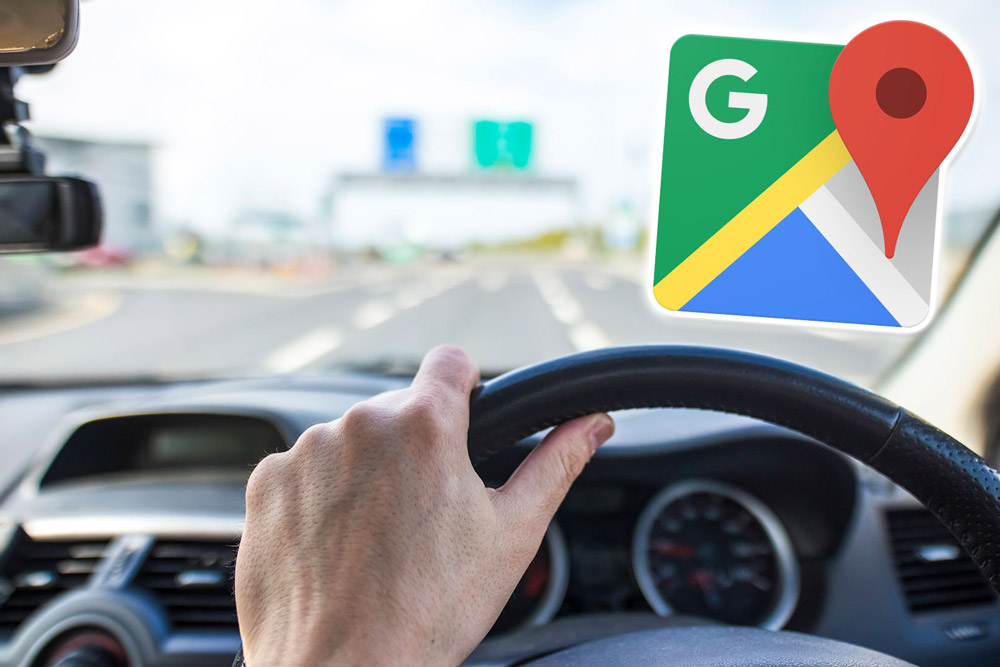Google Maps, the world’s leading navigation app with over 2 billion monthly users, is celebrating its 20th anniversary this February. What began as an innovative project driven by co-founder Larry Page has transformed how people navigate the world. As part of its anniversary celebrations, Google is rolling out new features powered by generative AI and expanding its coverage to include more countries, aiming to maintain its dominance over competitors like Apple Maps.
Innovative AI Features Transform Google Maps
One of the most significant updates to Google Maps is the integration of Gemini, Google’s generative AI chatbot. This new feature enables users to navigate with more precision and personalization than ever before. Gemini can help users find highly specific destinations, such as a dog-friendly sports bar with outdoor seating, by summarizing thousands of reviews and filtering options in seconds.
Gemini also provides real-time reports on disruptions like road closures, adverse weather conditions, and hazards, helping users plan their routes with greater confidence. Public transit users can now benefit from detailed delay reports, alternative route suggestions, and even guidance on subway entrance locations. Once users arrive at their destination, Maps offers parking suggestions and walking directions to nearby landmarks.
Gemini’s capabilities extend beyond Google Maps. Waze, which Google acquired in 2013 for $1.3 billion, now includes voice-activated reporting powered by Gemini. This integration allows real-time updates on traffic hazards across both apps, improving safety and navigation for drivers.
Expanding Coverage: Mapping New Countries
In its quest to remain the top navigation app, Google Maps is also expanding to new territories. The app now includes detailed maps of Bosnia and Herzegovina, Namibia, and Liechtenstein, bringing its coverage to over 250 countries and territories. This expansion is made possible by Google’s advanced mapping technology, including its latest Street View cameras introduced in 2022.
Unlike previous models, the newest Street View cameras are lightweight and portable, allowing them to be mounted on any car. Maria Biggs, a technical program manager for Google Street View, explained how these nimble cameras enable faster updates: “We can easily ship the camera system to new locations and rent cars onsite, making it possible to refresh maps in areas that haven’t been updated in over a decade.”
Google’s mapping efforts also rely on satellite and aerial imagery, along with data from more than 1,000 third-party sources, including local governments and users. This extensive data collection system ensures the accuracy and freshness of its maps.
Addressing Privacy Concerns
While Google Maps continues to innovate, privacy concerns remain a key challenge. Google has taken measures to address these issues, such as blurring faces and license plates on Street View. Users can also request additional blurring for specific areas, such as their homes, to reduce risks like theft.
In December 2024, Google introduced a significant privacy enhancement by shifting location history storage to devices instead of the cloud. This change makes it more difficult for authorities to access sensitive location data. Additionally, Google auto-deletes location history for visits to sensitive places like abortion clinics and domestic violence shelters.
A Proven Business Model
Although Google doesn’t disclose how much it earns from Maps, estimates suggest it is a highly profitable venture. A 2019 Morgan Stanley report projected Google Maps revenue could grow from $2.95 billion in 2019 to $11 billion by 2023, driven largely by advertising. Businesses can pay to appear at the top of search results when users look for restaurants, shops, or services.
Google Maps also generates revenue by licensing its platform to companies like Wayfair and Domino’s for logistics and delivery services. Solar companies use Google’s highly accurate rooftop data to identify potential customers, while car manufacturers such as Volvo, GM, and Ford integrate Google Maps into their in-car infotainment systems powered by Android Automotive.
The Future of Google Maps: A Key to Autonomous Driving
As autonomous vehicles become increasingly mainstream, accurate mapping is crucial for their success. Alphabet-owned Waymo, which dominates the U.S. robotaxi market, has integrated Google Maps into its services, allowing users in cities like Phoenix to hail self-driving cars directly from the app. This creates a feedback loop where the same vehicles that rely on Google Maps also contribute data to improve it.
James Hodgson, an automotive analyst at ABI Research, believes this is the future of mapping: “Autonomous vehicles will not only benefit from detailed maps but will also play a role in continuously updating those maps, creating a seamless ecosystem for navigation.”











